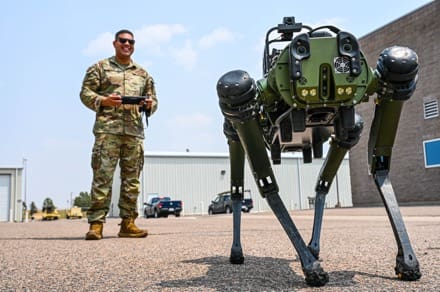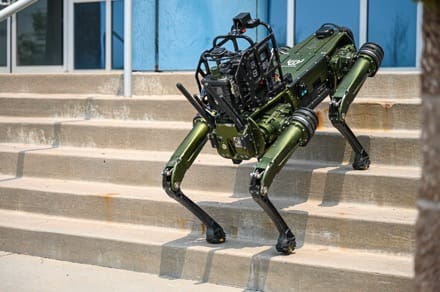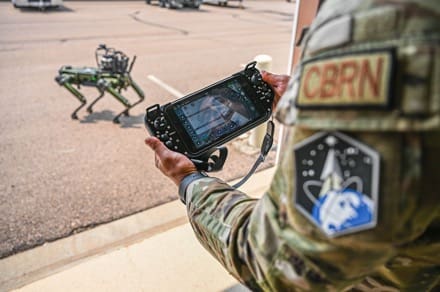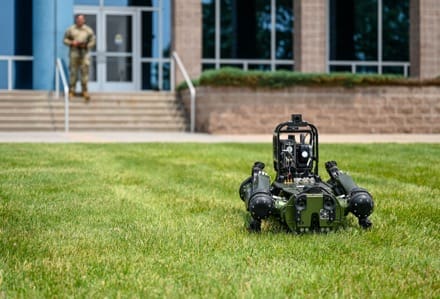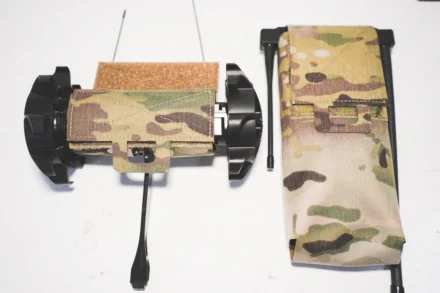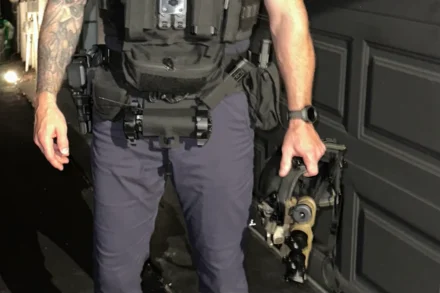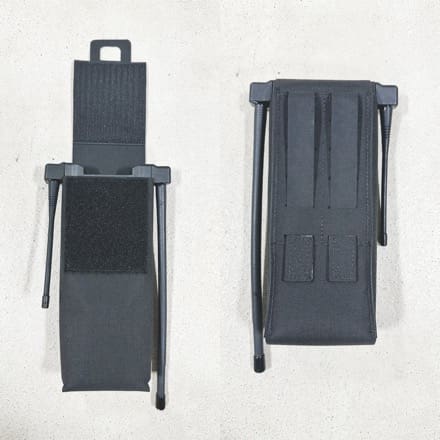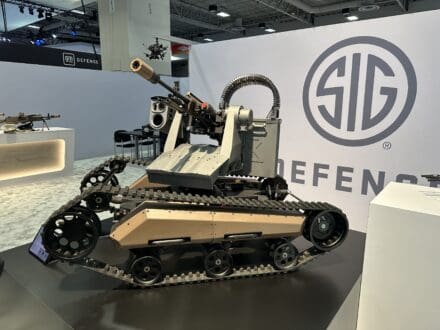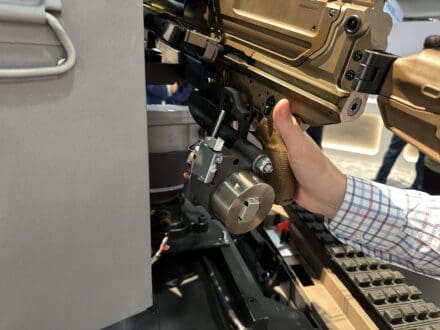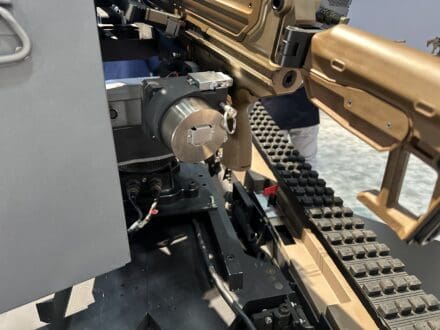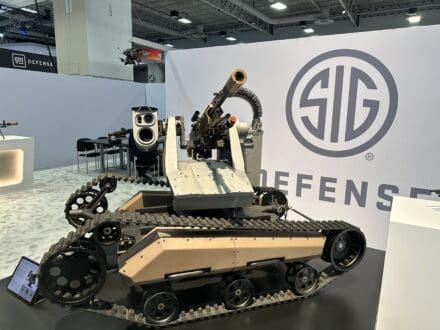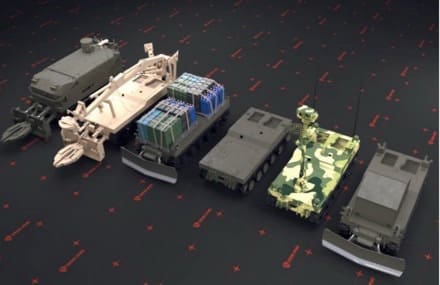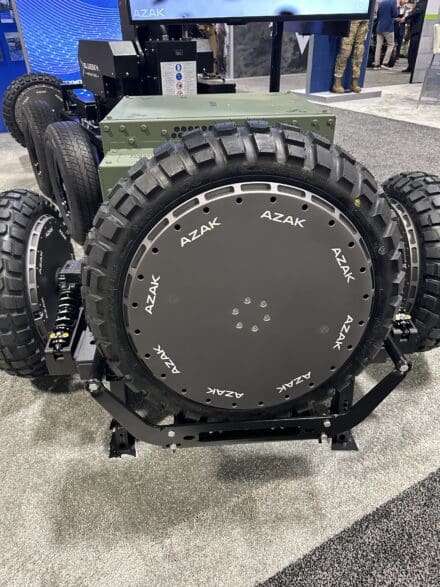Milrem Robotics, the world’s leading robotics and autonomous systems developer, has selected Texelis, a global supplier of advanced mobility systems for defence and security, as a strategic supplier to manufacture mobility subsystems for a new generation of robotic combat vehicles (RCVs) Milrem Robotics is developing.
Texelis will supply Milrem Robotics with a cutting-edge Tank Electrified Drivetrain to assist in creating highly capable, modular, 12+ ton robotic platforms designed to meet the demands of modern warfare. The new RCVs will be tailored to enhance the operational capabilities of armed forces, providing unprecedented mobility, protection, and advanced technological integration on the battlefield.
“Selecting Texelis as our strategic supplier of mobility subsystems is a crucial step in developing our next-generation robotic combat vehicles. Their proven expertise in delivering advanced mobility systems will ensure our platforms are unmatched in their ability to traverse complex terrains and operate in the most challenging battlefield scenarios,” said Kuldar Väärsi, CEO of Milrem Robotics.
“Milrem has excellent cooperation with the French defence industry already, and cooperating with Texelis will enhance this further,” Väärsi added.
“Texelis is thrilled to have been selected by a company such as Milrem Robotics, the undisputed world leader in robotics and autonomous solutions. Working on their new generation of combat systems is a fantastic opportunity for us to keep growing as a partner of choice for mobility. Getting aboard is a huge strategic step to see us getting into the tracked vehicle market, a new universe to add to our core expertise. Alongside a customer like Milrem, mobility has no limit!” commented Jean Vandel, CEO , Texelis.
Texelis will provide a high-performance Tank Electrified Drivetrain based on its extensive experience producing drivetrains and suspension solutions for armoured vehicles. This drivetrain will enable the new RCVs to operate in highly challenging terrain with superior endurance and manoeuvrability.
Leveraging Texelis’ technology, Milrem Robotics will utilize its established proficiency in developing unmanned ground vehicles to create a robust, scalable, modular, and mission-flexible RCV platform.
The cooperation allows Milrem Robotics to leverage France’s renowned vehicle mobility and engineering expertise. The cooperation will contribute to the European defence ecosystem, fostering greater industrial cooperation and ensuring the continent’s defence forces have access to state-of-the-art, homegrown robotic solutions. The collaboration aligns with broader European defence objectives, including autonomy in key technologies and increased regional security through strategic partnerships.


